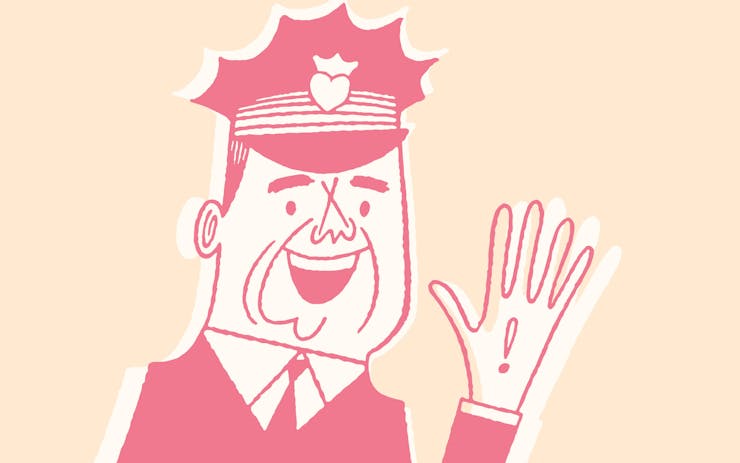News flash: the Drug Enforcement Agency is hip. In fact, as their recently updated and unclassified handbook of drug slang makes clear, the DEA might actually be hipper than you or me.
The handbook, officially titled Slang Terms and Code Words: A Reference for Law Enforcement Personnel contains an epic list of terms for virtually every substance under the sun, as well as related fields like selling, distribution and measurements; it’s basically a handy dandy cheat sheet for DEA agents and employees out on the prowl that, conveniently, doubles as a hefty door jamb (it also makes for exceptional bedside reading).
What’s most surprising about the list isn’t that it exists, or even that it’s so extensive, but that it contains terms so esoteric and uncommon that it’s easy to imagine that the DEA research team was baked out of their minds when they wrote this thing up.
View Nearby Dispensaries. It’s Legal!
The DEA spared no expense in the crafting of their magnum opus. While the 2017 edition was little more than a seven page pamphlet—amateur hour, am I right?—2018’s Bonus Features Mega Super Unedited Version clocks in at one hundred and twenty five pages. Which, for the record, is longer than Animal Farm. (Granted, much of that length comes courtesy of a cross-checked, itemized list). As High Times has pointed out, there are more terms for cannabis or, as they put it, “marijuana,” than any other drug in this canonical text. Jeff Sessions must be dizzy with glee. Someone get him a mint julep. Or incarceration statistics.
Naturally, they’ve got their basics covered; nearly half a century of busting growers, dealers, and consumers has taught the DEA the ubiquitousness of terms like “ganja,” “weed,” “Mary Jane,” and “pot.” Bravo. But across the board, they’ve really stepped up their game, including a decent knowledge of various strain names: “Blue Dream,” “Green Crack,” “Pink Panther” and “Girl Scout Cookies” all made the cut. (Sorry, Wedding Cake, better luck next year).
The DEA has been aware of concentrates for awhile, but 2018’s handbook features some new terms in that realm as well. Truly, how could the DEA ever succeed without identifying “710” and “bubble hash” as some of the most sinister players in the “scene”? And their list of synthetic cannabis has grown extensively, bringing “Garden Salad,” “Fire,” and more into the mix.
The real delights here are the deep cuts, the terms that you may have never heard in your life. Does “Burritos Verdes” really sound like something you’d put in your lungs?! Does the DEA really want to be keeping an ear out for “My Brother?” Then there’s “Shoes” (your guess is as good as mine), and tied for first place, “Plant” and “Smoochy Woochy Poochy.”
Perhaps you’re wondering how exactly this drug enforcement literary sausage gets made. Unfortunately, the text’s authors did not respond to a request to comment for this story (although whoever was manning the main phone line picked up on the first ring and chirped “DEA!” with so much enthusiasm that I was left speechless).
They do cede, however, that much like the ongoing edits to Kanye West’s The Life of Pablo, the handbook is an ever-changing document: “Although every effort was made to ensure the accuracy and completeness of the information presented, due to the dynamics of the ever-changing drug scene, subsequent additions, deletions, and corrections are inevitable,” they write solemnly in the introductory text.
So while you find yourself waiting breathlessly for the release of the juicy, updated 2019 edition, why don’t you go soothe your nerves with a puff of some shmagma? Or perhaps a bowl of Yen Pop? Just be careful, the DEA has, evidently, caught on.Put Some Woochy in Your Smoochy Poochy





